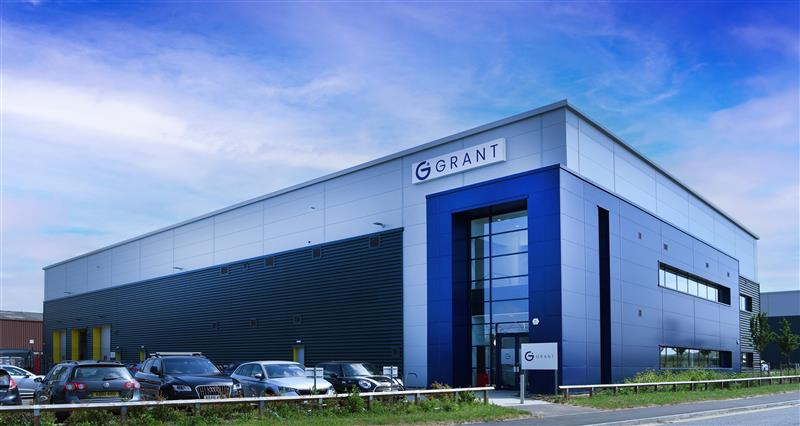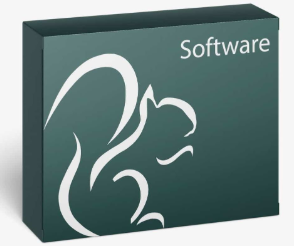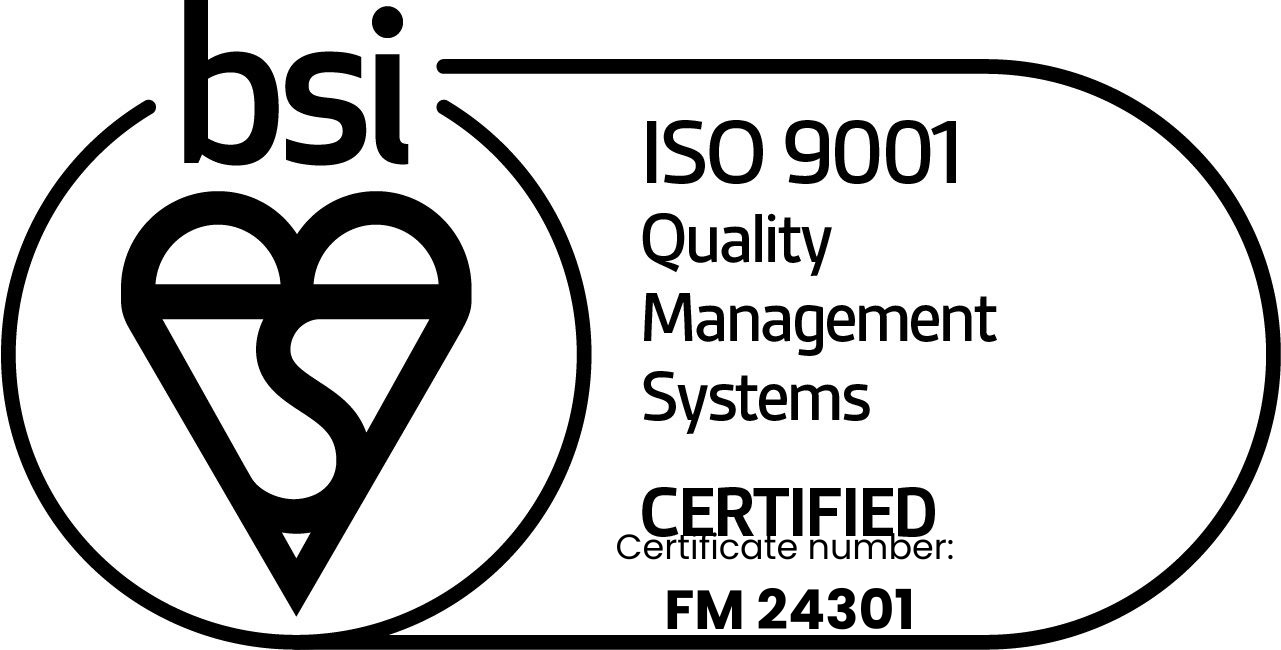Cryopreservation is a cornerstone of bioprocessing, biobanking, and cell therapy manufacturing. Preserving cell viability and function through freezing and thawing is especially critical during the transition from research-scale to industrial-scale processes. Despite its ubiquity, the optimization of freezing conditions particularly in the presence of cryoprotective agents (CPAs) remains a nuanced and often empirical task.
Enter Controlled Rate Freeze-Thaw (CRFT) system, the innovative platform developed by Grant Instruments. These systems offer a versatile, programmable, and scalable solution to de-risk and optimize cryopreservation protocols at the small scale an essential step in establishing reproducible, GMP-compliant large-scale processes.
Why Optimization Matters
The viability of frozen cells is highly sensitive to cooling and thawing rates, as well as the type and concentration of CPAs (e.g., DMSO, trehalose). Non-ideal conditions can lead to intracellular ice formation, osmotic shock, or toxicity, compromising post-thaw recovery and function. Optimizing these parameters before scaling up is critical for:
- Maximizing cell viability and functionality post-thaw
- Reducing batch variability
- Meeting regulatory standards for cell-based products
The Role of CRFT in Optimization Workflows
The Grant CRFT system is specifically engineered to bridge the gap between early-stage research and full-scale production. Here's how it fits into an optimization workflow:
1. Programmable Control for Experimental Flexibility
With precise, programmable control over freeze and thaw profiles, scientists can:
- Rapidly test a matrix of cooling and thawing rates (e.g., 1°C/min to 5°C/min)
- Assess performance across various CPA types and concentrations
- Mimic industrial-scale freezing conditions at bench scale
This enables high-throughput screening of conditions to find optimal protocols for a specific cell line.
2. Reproducibility and Data Integrity
The CRFT system provides consistent thermal profiles, reducing variability between experiments. Integrated data logging ensures detailed records of each run, supporting both scientific rigor and regulatory compliance.
3. Small-Scale, High-Throughput Format
The platform accommodates multiple small-volume vials simultaneously, making it ideal for screening studies. Results from these small-scale experiments can be used to predict behavior in larger volume formats, such as cryobags or bioreactor harvests.
4. Seamless Scale-Up Translation
By replicating the thermal kinetics expected in industrial settings, CRFT allows researchers to fine-tune conditions that are directly translatable to commercial systems. This minimizes surprises during scale-up and supports smoother tech transfer to manufacturing.
Example Workflow Integration
- Initial Design of Experiment (DoE):
- Define variable space: cooling rate, thawing rate, CPA concentration
- Select key performance metrics: viability, metabolic activity, phenotype retention
- CRFT-Based Screening:
- Run parallel conditions using CRFT's multi-vial capacity
- Record and analyze thermal profiles and outcomes
- Data-Driven Optimization:
- Refine parameters using statistical analysis and predictive modeling
- Validation and Scale Translation:
- Validate top-performing conditions in pilot-scale systems
- Transfer optimized protocol to GMP-compliant freeze-thaw platforms
Final Thoughts
The Grant CRFT platform empowers scientists with the precision, repeatability, and flexibility needed to optimize cryopreservation protocols at small scale with industrial foresight. As cell-based products move closer to the clinic and commercial use, tools like CRFT will play a pivotal role in ensuring product quality, safety, and scalability.








